- Home >
- Japanese Scenery >
- Ise-Suzuka Station: Seki-juku >
Ise-Suzuka Station: Seki-juku
Fifty-Three Stations of the Tokaido: 47th Station ---- Kameyama City, Mie Prefecture
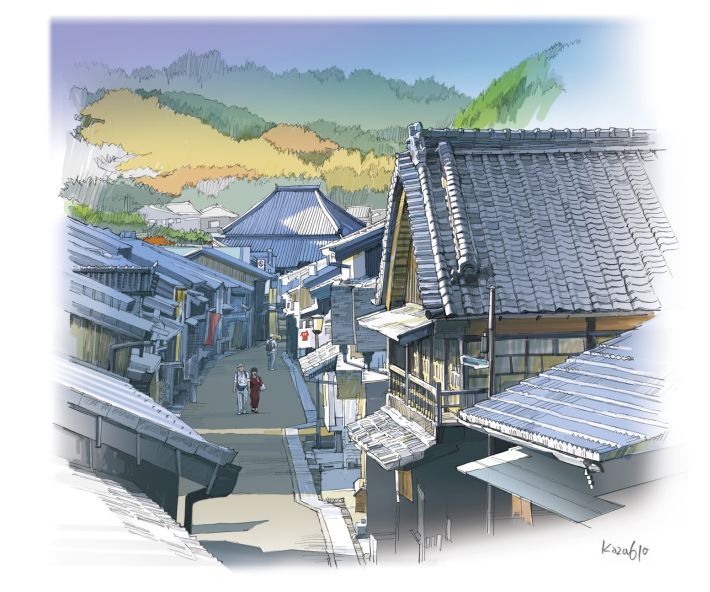
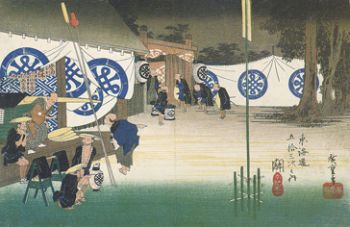
Utagawa Hiroshige's Fifty-Three Stations of the Tokaido: Seki
This is a key transport stop known since olden times as "Suzuka-no-seki."
The Ise Suzuka-no-seki station was set up as one of the three old "Seki" stations during the Jinshin War.
The station consists of the area stretching from Higashi-Oiwake (Kosaki) to Nakamachi to Nishi-Oiwake (Shinjo)--roughly 1.8 kilometers.
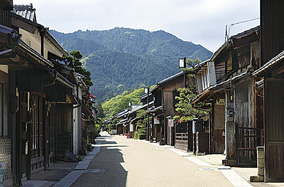
View of the Suzuka Mountains, Kyoto direction
During the Edo Period, the area prospered thanks to increased traffic stemming from the sankin-kotai system (a daimyo's alternate-year residence in Edo). Present-day Seki-juku is home to more than 200 traditional machiya townhouse buildings built from the Edo Period through the Meiji Period. Some houses maintain the old trappings such as horse hitches, folding benches called battari, side boards placed under the eaves to keep out the rain, and more. The area features many houses typical of an old post town, including numerous examples of fine workmanship.
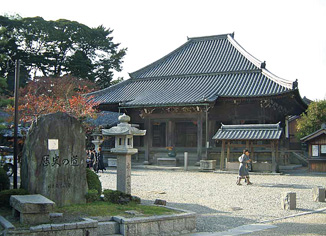
Jizoin Temple, center of the town
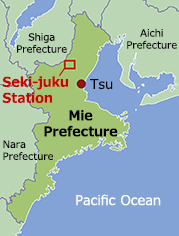
The area, a special feature of the Tokaido, has been government-designated for preservation for its group of important traditional buildings.






